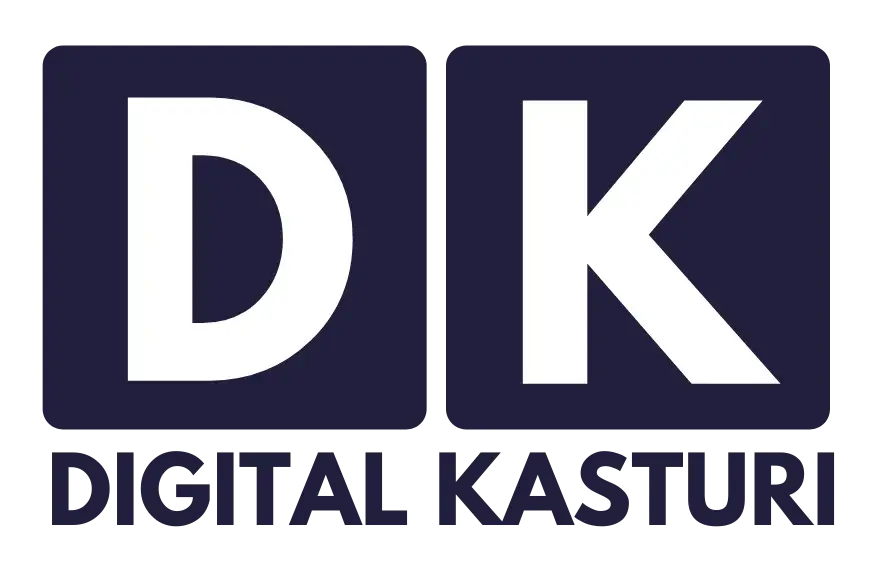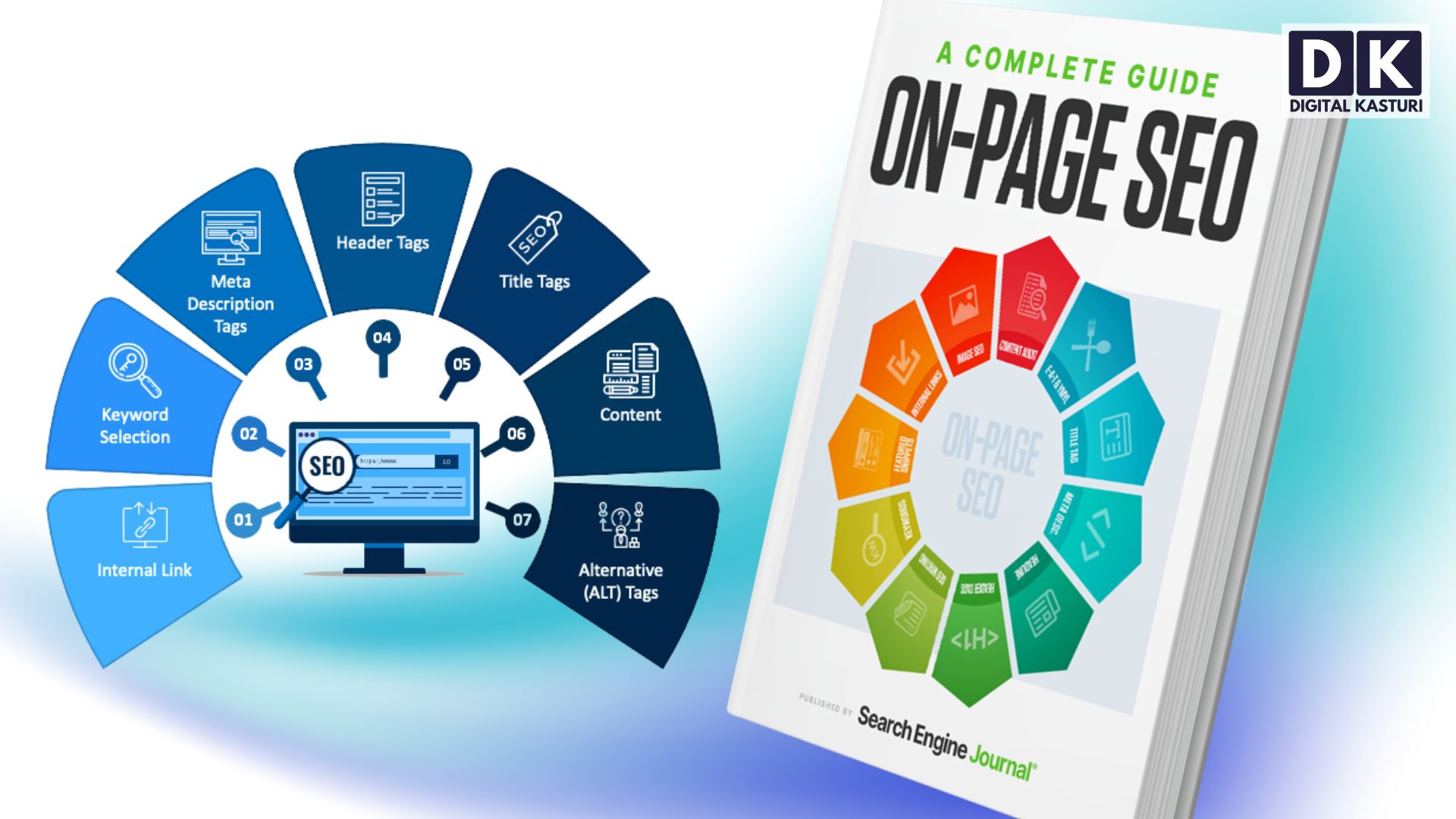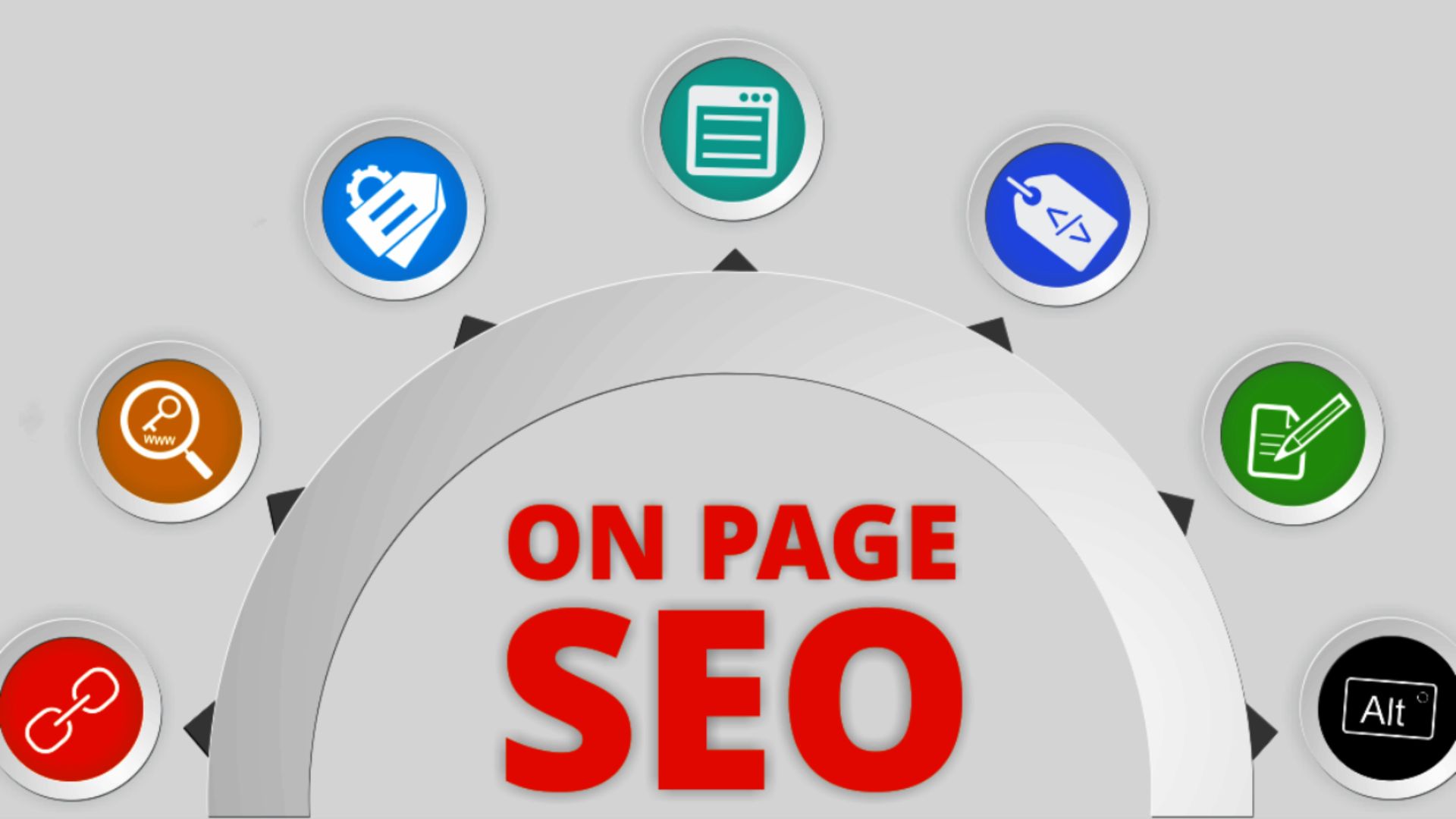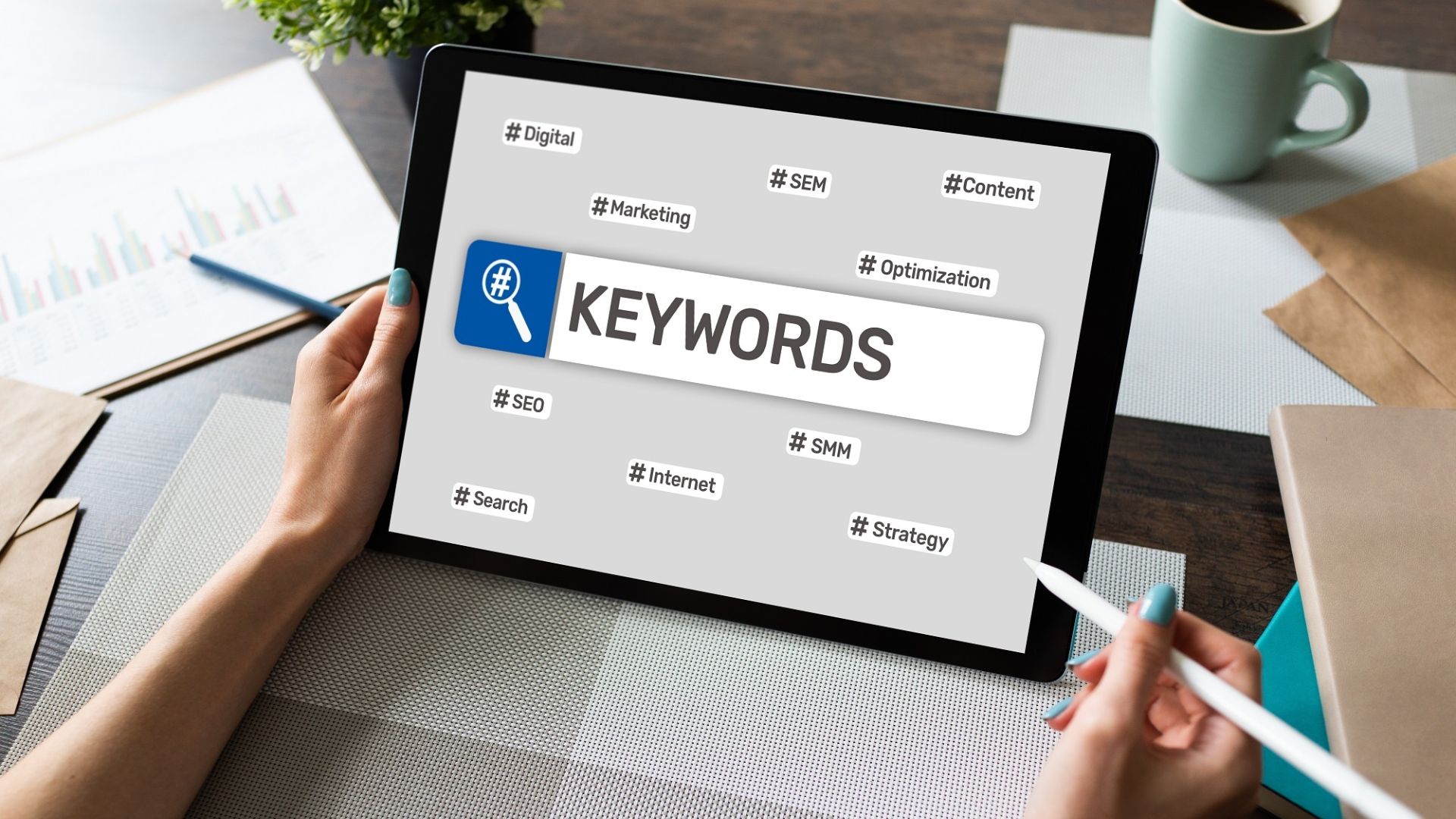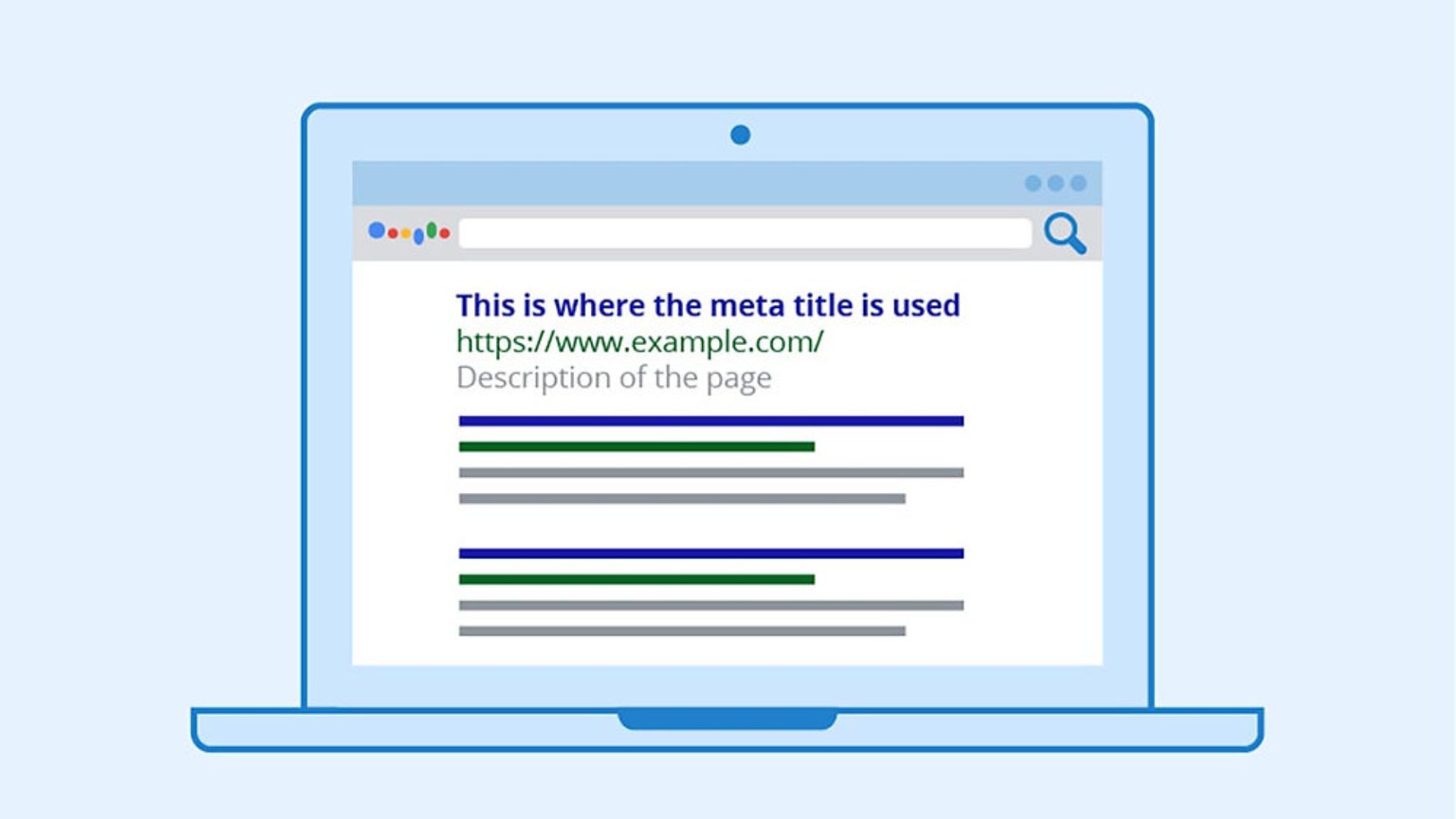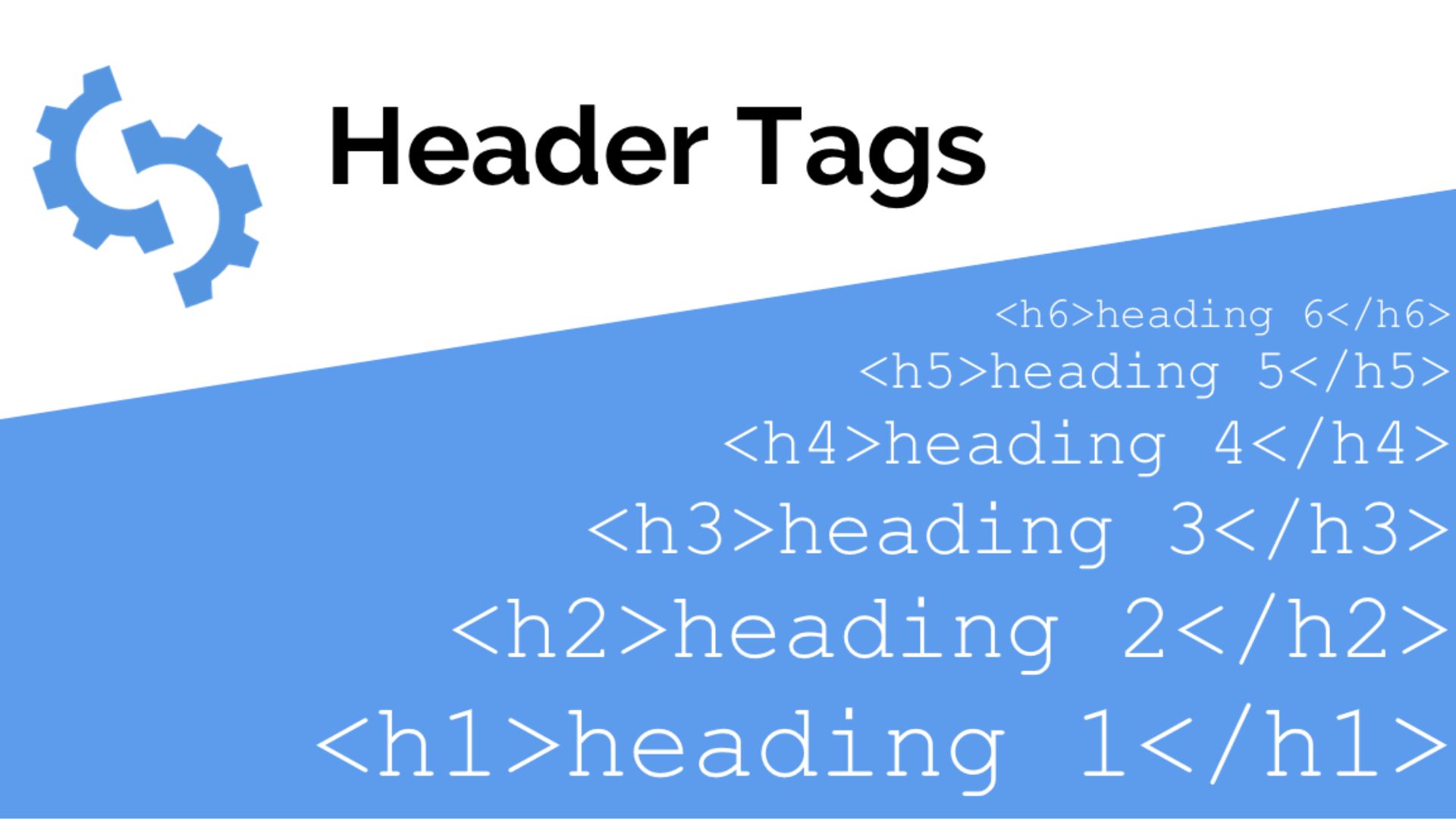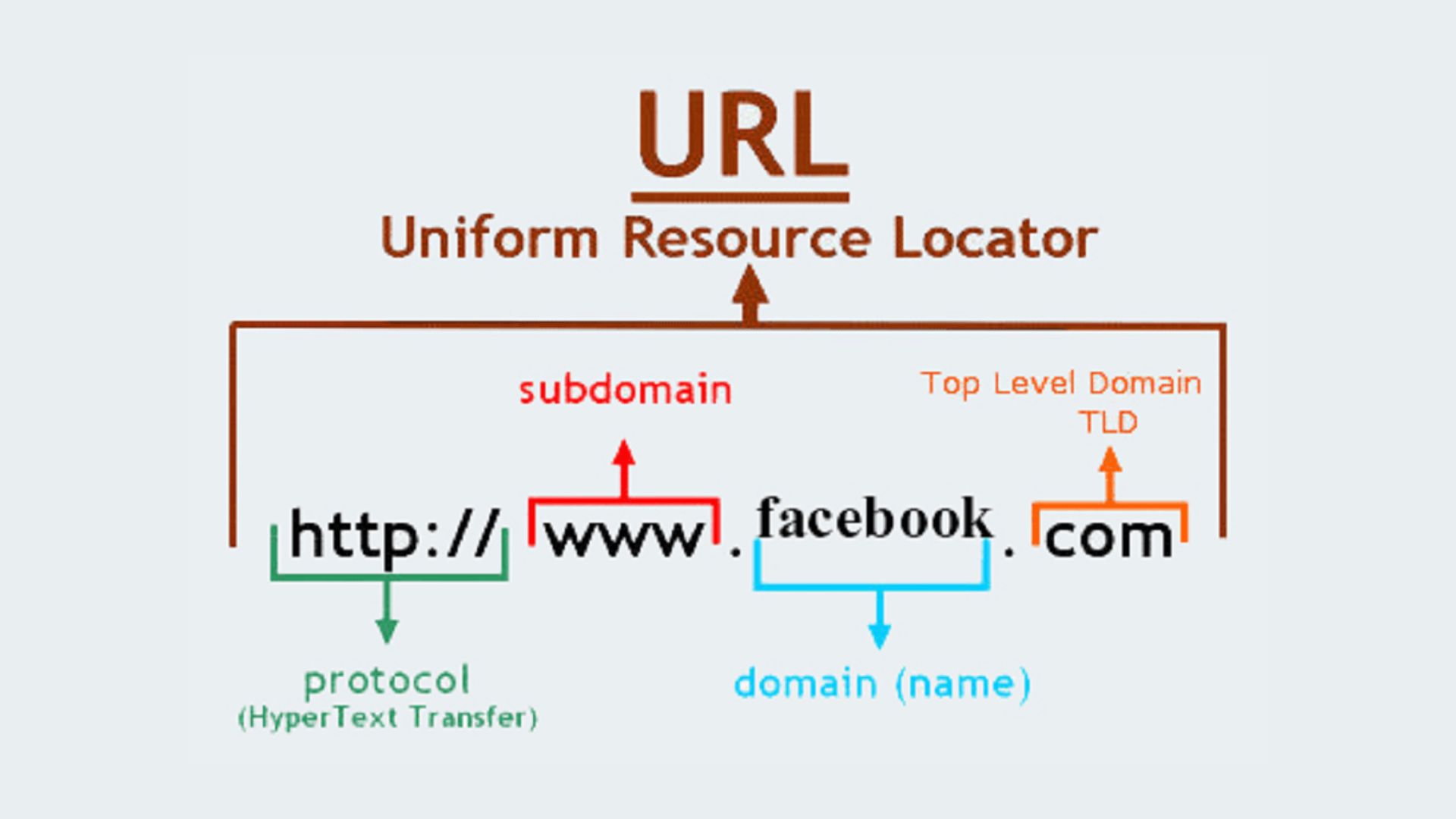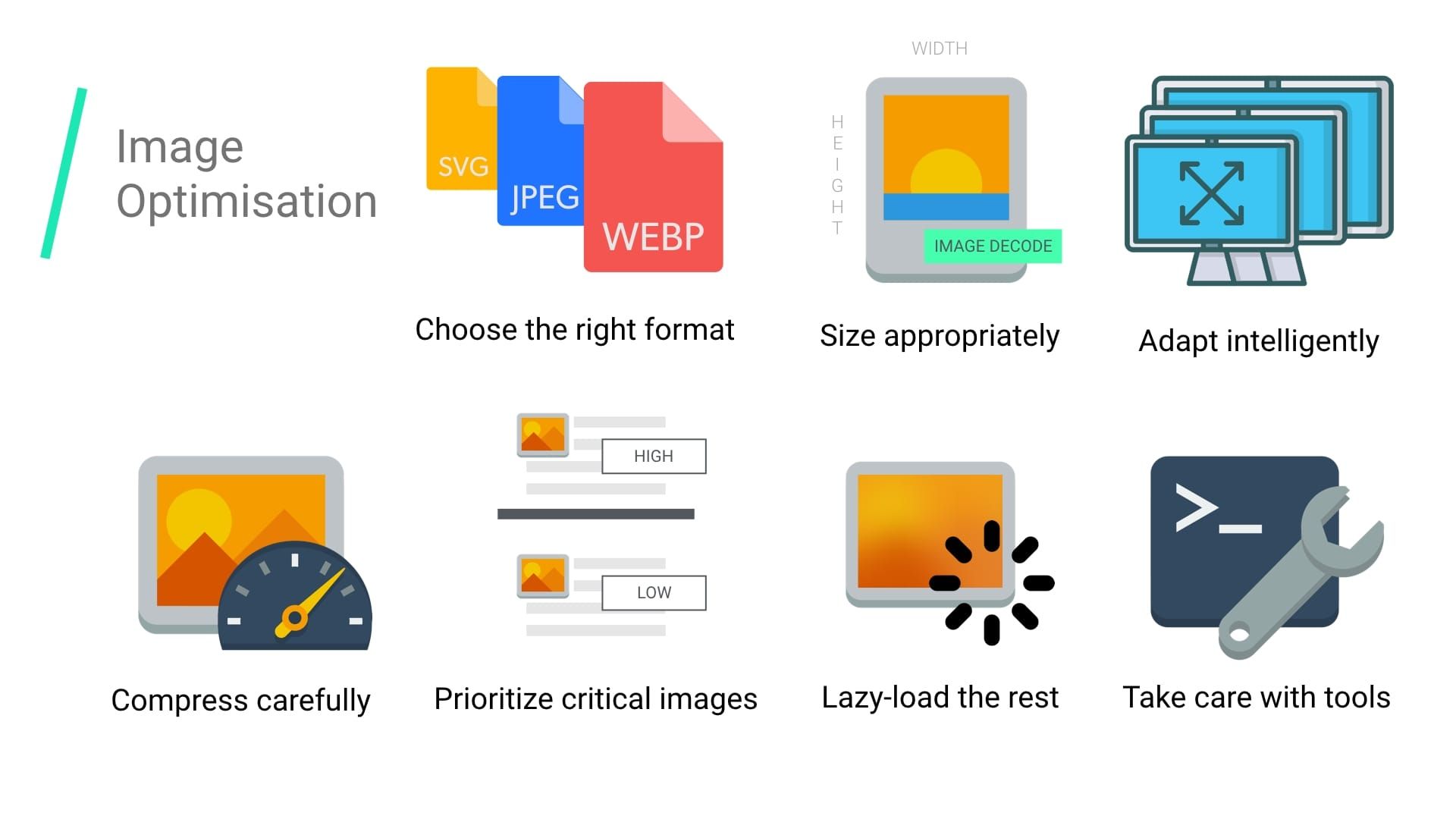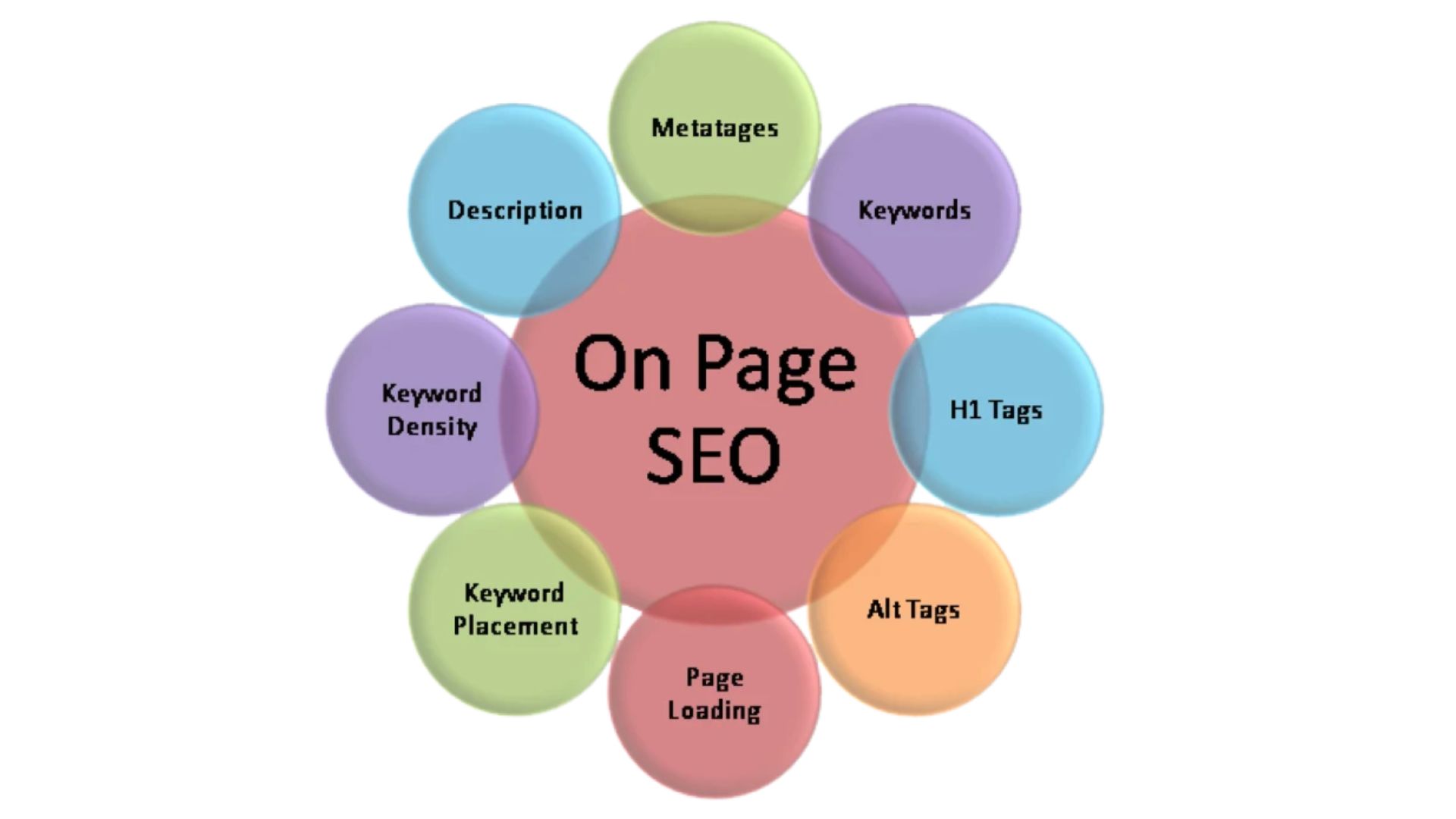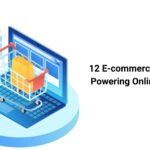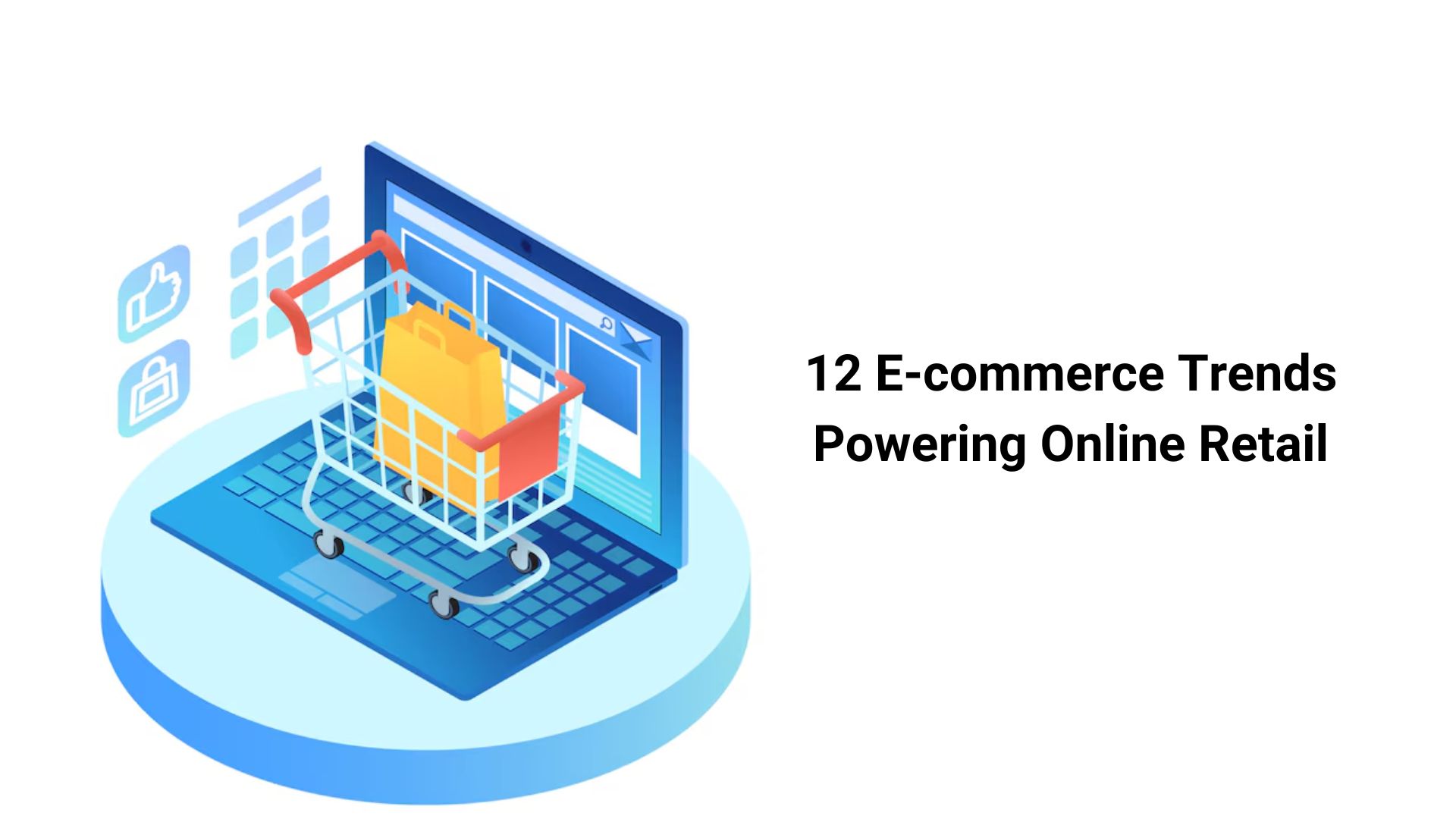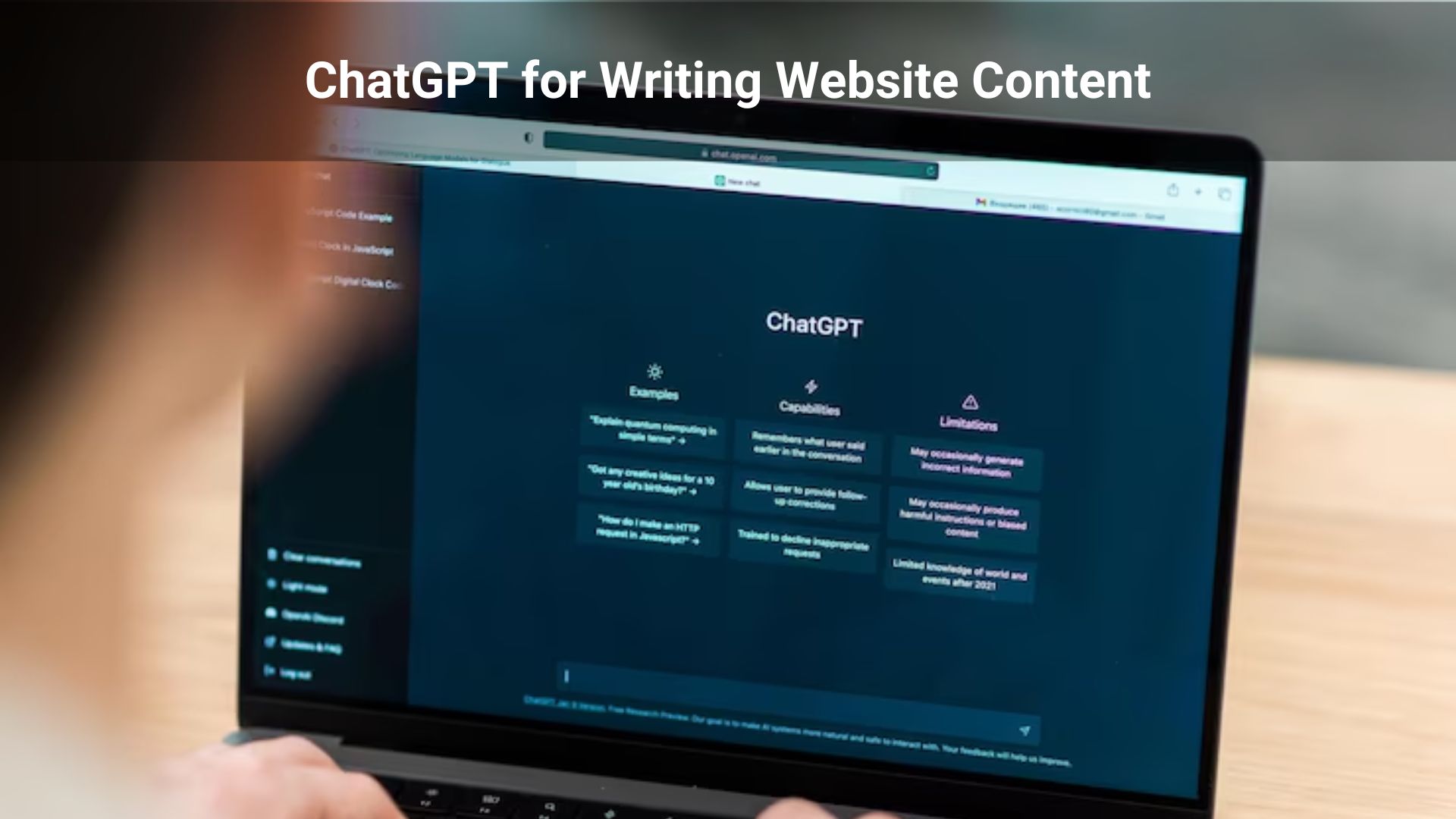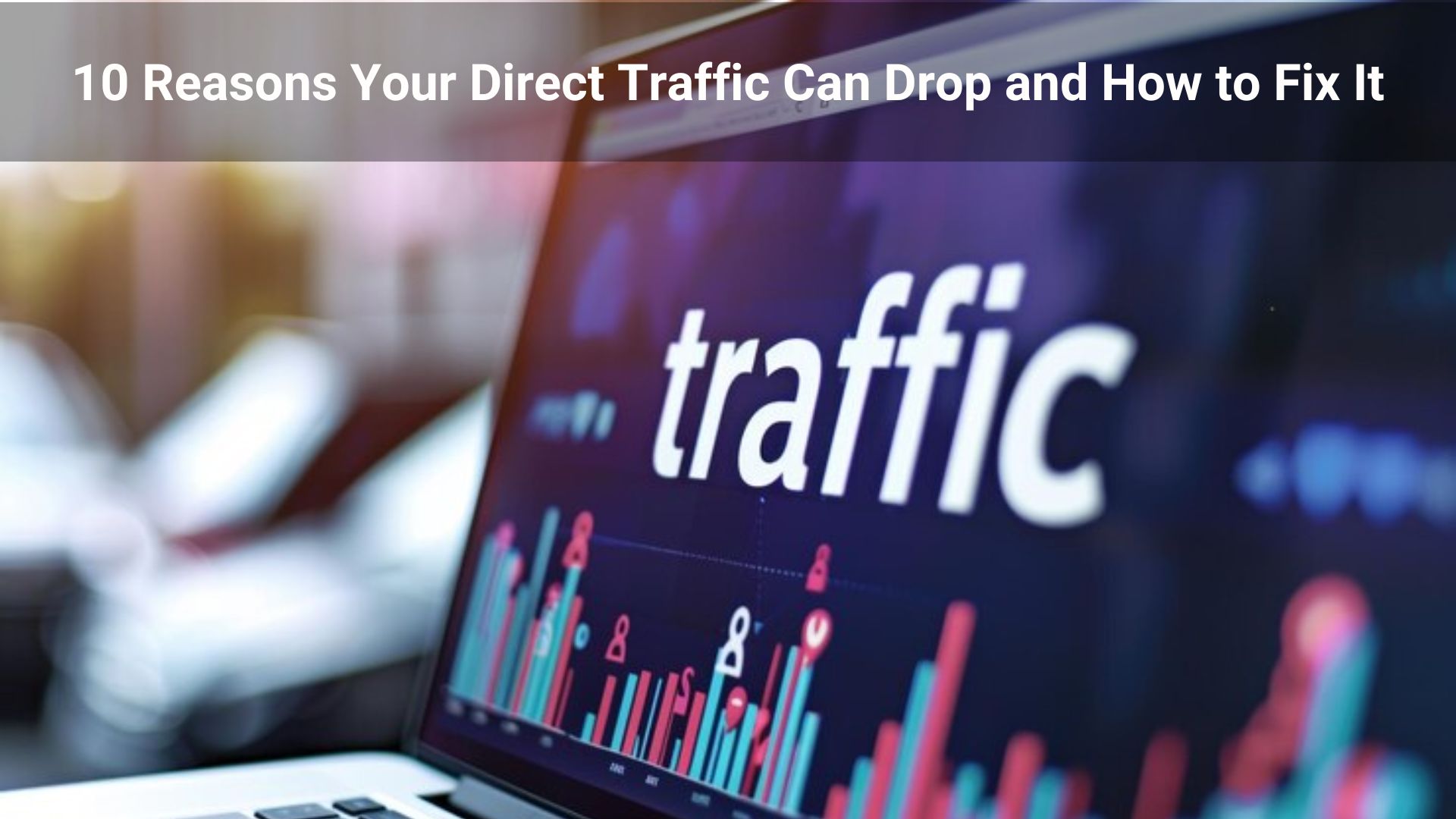Table of Contents
ToggleIntroduction
On-page SEO optimization is essential for improving the visibility of your website in search engine results pages (SERPs). It involves optimizing the content, structure, and HTML elements of your website to ensure it ranks higher and attracts more organic traffic. This blog post will explore the key on-page SEO techniques and provide valuable insights, market data, and tips to enhance your SEO strategy.
What is On-Page SEO?
On-page SEO refers to the process of optimizing individual web pages to rank higher and earn more relevant traffic. Unlike off-page SEO (which focuses on backlinks and social signals), on-page SEO focuses on elements like content, keywords, HTML tags, and user experience.
Key On-Page SEO Elements:
- Content Quality
- Keyword Optimization
- Meta Tags (Title and Description)
- Header Tags (H1, H2, H3, H4, H5, H6,)
- URL Structure
- Internal Linking
- Image Optimization
- Mobile Friendliness
Content Quality
Content is at the core of on-page SEO. High-quality content that meets user intent is critical for ranking.
- Unique and Valuable Content: Make sure your content provides value and stands out from competitors.
- Keyword Optimization: Use your primary keyword in strategic places like titles, meta descriptions, and body text.
PRO TIP: Aim for longer content—pages with over 2000 words generally perform better in SERPs because they cover the topic more comprehensively.
Market Insight: According to a study by Backlinko, long-form content (1,890 words on average) ranks higher on Google’s first page.
Keyword Optimization
Keywords are the foundation of on-page SEO. Properly optimizing for both primary and secondary keywords ensures that search engines understand the topic of your content.
- Primary Keywords: Use your main keyword in your title, first paragraph, and naturally throughout the content.
- Secondary Keywords: Add variations of your primary keyword to capture a broader range of search queries.
- Avoid Keyword Stuffing: Overusing keywords can lead to penalties. Focus on natural placement.
PRO TIP: Use LSI (Latent Semantic Indexing) keywords, which are semantically related to your primary keyword, to strengthen content relevance.
Meta Tags Optimization
Meta tags play an essential role in on-page SEO. Properly optimized title tags and meta descriptions increase click-through rates (CTR) from SERPs.
- Title Tag: Keep it under 60 characters and include your primary keyword as close to the beginning as possible.
- Meta Description: Write a compelling meta description with your primary keyword to attract users. Keep it between 150-160 characters.
PRO TIP: Meta descriptions do not directly impact rankings, but well-written descriptions can improve CTR by up to 5%.
Header Tags (H1, H2, H3, H4, H5, H6)
Header tags are essential elements in SEO, as they help search engines and users understand the structure of your content. Properly using these tags improves readability and makes it easier for search engines to index your page.
H1 Tag
- Purpose: The H1 tag serves as the main title of your page and should encapsulate your primary keyword. It should be used only once on each page to maintain clarity and focus.
- Best Practice: Keep it concise yet descriptive, ideally between 20-70 characters. This helps search engines identify the main topic of your content.
H2 and H3 Tags
- Purpose: H2 and H3 tags help organize your content into subtopics, making it more scannable for readers. H2s are used for major sections, while H3s can further break down those sections into sub-sections.
- Best Practice: Use keywords naturally in your H2 and H3 tags where appropriate, as this signals the relevance of the content to search engines. Aim for a logical hierarchy in your headings for better navigation.
H4, H5, and H6 Tags
- Purpose: While less commonly used, H4, H5, and H6 tags can help further structure your content, especially in more complex articles. They provide additional layers of organization for detailed discussions.
- Best Practice: Utilize these tags sparingly and only when necessary, maintaining a clear and logical flow throughout your content.
PRO TIP: Break your content into small, digestible sections using subheadings (H2, H3) for better readability. This not only enhances user experience but also aids search engines in crawling and indexing your page more effectively. Remember to maintain a consistent format and structure throughout your content to maximize its effectiveness.
By implementing header tags effectively, you create a well-organized content structure that benefits both your readers and search engines, ultimately enhancing your SEO efforts.
URL Structure
Your URL structure is an important aspect of on-page SEO because it gives search engines and users a clear idea of what the page is about.
- SEO-Friendly URLs: Keep URLs short, and readable, and include your primary keyword.
- Avoid Dynamic URLs: Use static URLs to make them easier for both users and search engines to understand.
PRO TIP: Pages with shorter URLs tend to rank better. Aim for URLs under 60 characters.
Internal Linking
Internal linking helps distribute page authority throughout your website, guides users to related content, and helps search engines crawl your site more effectively.
- Link to Relevant Content: Use internal links to guide users to related blog posts or service pages.
- Use Descriptive Anchor Text: Make sure the anchor text includes keywords and is descriptive of the content you’re linking to.
PRO TIP: A good internal linking structure can improve a page’s ranking by 15-20%.
Image Optimization
Images enhance user experience, but they also need to be optimized to improve page speed and SEO.
- Alt Text: Always include descriptive alt text with your images, as it helps search engines understand the image content.
- File Size: Compress images to ensure fast loading times.
- File Names: Rename image files to include keywords before uploading them.
PRO TIP: Optimized images can lead to 34% higher rankings in image search results.
Mobile Friendliness
With Google’s mobile-first indexing, ensuring your site is mobile-friendly is critical to your SEO efforts.
- Responsive Design: Your website should be fully responsive, adapting to different screen sizes.
- Mobile Page Speed: Compress images and minimize CSS/JS files to improve mobile loading times.
- Avoid Intrusive Pop-ups: Avoid pop-ups that negatively impact the user experience on mobile devices.
PRO TIP: Websites that are optimized for mobile devices experience a 50% boost in user engagement.
Schema Markup
Schema markup (structured data) is a form of microdata that helps search engines understand your content better. It can improve your chances of showing up in rich snippets, increasing visibility.
- Types of Schema: Use schema for products, reviews, FAQs, and more to enhance your search appearance.
PRO TIP: Websites with schema markup have a 30% higher chance of ranking in featured snippets.
Comparison Table: On-Page SEO Elements
| SEO Element | Importance | Optimization Technique |
| Content Quality | High | Create unique, relevant, and comprehensive content. |
| Keyword Optimization | High | Use primary and secondary keywords strategically. |
| Meta Tags | Medium | Optimize title tags and meta descriptions. |
| Header Tags | Medium | Use H1 for titles and H2/H3 for subheadings. |
| URL Structure | High | Keep URLs short, readable, and keyword-rich. |
| Internal Linking | High | Link to relevant pages with descriptive anchor text. |
| Image Optimization | Medium | Compress images, use alt text, and optimize filenames |
| Mobile Friendliness | High | Ensure fast loading times and responsive design. |
| Schema Markup | Medium | Add schema to qualify for rich snippets. |
% Wise Data to Understand the Market
- 53% of marketers believe that on-page SEO is the most effective SEO tactic.
- Websites that regularly optimize on-page elements see a 25% boost in organic traffic over time.
- 70% of users are more likely to stay on a website that is mobile-friendly.
SEO Services in Texas
Texas is a competitive market for SEO services, especially in major cities like Houston, Dallas, and Austin. Local businesses looking to boost their online presence can significantly benefit from hiring local Texas SEO services.
Benefits of SEO Services in Texas:
- Localized Keyword Targeting: By targeting location-based keywords such as “SEO services in Texas” or “Texas SEO agency,” businesses can attract more local customers.
- Growing Digital Market: Texas has one of the fastest-growing economies in the U.S., making it a hotspot for businesses looking to tap into online markets.
- Competitor Research: Texas-based businesses can use local SEO strategies to stay ahead of competitors and improve visibility.
Texas Insight: The Texas digital marketing industry is rapidly growing, with businesses investing in SEO to capture local traffic. SEO services in Texas can help companies rank higher in search results, bringing in more local customers and driving sales.
Conclusion
On-page SEO is a critical aspect of any successful SEO strategy. From optimizing content and keywords to ensuring your website is mobile-friendly, every element plays a vital role in improving rankings, by following the optimization techniques discussed in this SEO guide, are followed by Texas SEO companies. Businesses can enhance their search visibility, attract more organic traffic, and ultimately improve conversions.
People Also Ask
On-page SEO refers to the process of optimizing individual web pages to improve their search engine rankings and drive relevant traffic. It is important because it helps search engines understand the content on your site, improves user experience, and increases your visibility in search engine results, leading to more organic traffic.
The key elements of on-page SEO include content quality, keyword optimization, meta tags (title and description), header tags (H1, H2, H3), URL structure, internal linking, image optimization, mobile friendliness, and schema markup. Each of these components contributes to better search engine rankings and an improved user experience.
Keyword optimization ensures that search engines understand the main topics of your content. By using primary and secondary keywords strategically throughout your page, in titles, headers, and meta tags, you increase the likelihood of ranking for relevant search terms, attracting the right audience, and driving organic traffic.
High-quality content meets the user’s search intent and provides value, which is crucial for ranking higher in search engines. Well-written, comprehensive content helps you stand out from competitors, improves engagement, and increases the chances of your page being shared or linked to, which further boosts your SEO performance.
Meta tags, including the title tag and meta description, provide search engines and users with a summary of your page content. While meta descriptions don’t directly affect rankings, they can improve click-through rates (CTR), making your page more attractive to users in search results. Title tags, however, directly impact SEO by helping search engines understand the page’s content.
Internal links guide users to other relevant pages on your site and help search engines crawl your website more effectively. They distribute page authority, improve site navigation, and enhance the user experience. Well-placed internal links can improve your SEO by increasing the time users spend on your site and encouraging them to explore more content.
Schema markup is a type of structured data that helps search engines better understand your content. Using schema increases the chances of your page appearing in rich snippets, enhancing your visibility in search results. Websites with schema markup have a higher click-through rate (CTR) and better SEO performance.
With Google’s mobile-first indexing, websites not optimized for mobile devices can suffer in search rankings. Mobile-friendliness improves user experience on smartphones and tablets by ensuring fast loading times and responsive design. Optimizing your website for mobile can boost your SEO by making your site more accessible to a wider audience.
Optimizing images by compressing file sizes, using descriptive alt text, and adding keywords to file names can improve your page’s loading speed and SEO. Image optimization helps search engines understand the content of your images, enhances the user experience, and can even increase your chances of ranking in image search results.
It’s recommended to audit and update your on-page SEO every three to six months. Regular updates ensure that your content, keywords, and technical SEO practices align with the latest search engine algorithms and user behavior trends. Keeping your SEO strategy fresh helps maintain and improve your rankings over time.
